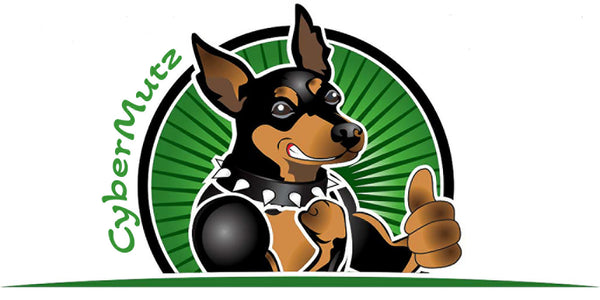
Are Grain-Free Diets Actually Healthy for Dogs?
Share
Are Grain-Free Diets Actually Healthy for Dogs?
Meta Description: Wondering if grain-free dog food is healthier for your pup? Discover the pros, cons, and the truth about grain-free diets based on science and expert advice.
🥣 What Is a Grain-Free Dog Diet?
Grain-free dog food excludes traditional grains like wheat, corn, rice, barley, and oats. Instead, it typically uses carbohydrate alternatives such as sweet potatoes, peas, lentils, or chickpeas. These formulas gained popularity with pet parents who wanted more “natural” or allergy-friendly options.
But the real question remains: is grain-free better for your dog?
📉 Why Did Grain-Free Become a Trend?
The grain-free movement began in response to rising concerns about food allergies and sensitivities in dogs. Many owners noticed improvements in their pets’ skin, digestion, and energy levels after switching to grain-free formulas. Some believed that because dogs are descendants of wolves, they shouldn’t eat grains.
However, dogs are omnivores, not strict carnivores like cats. Over thousands of years living alongside humans, dogs have evolved to digest starches—including grains.
🚨 What the FDA Says About Grain-Free and Heart Disease
In recent years, the FDA began investigating a possible link between grain-free dog food and dilated cardiomyopathy (DCM)—a serious heart condition. Some grain-free foods, especially those high in peas, legumes, or potatoes, were connected to a rise in DCM cases in breeds not typically prone to it.
While the research is ongoing, this has raised a big red flag for many veterinarians and dog owners. It’s not just the lack of grains that’s concerning—it’s what’s replacing them.
✅ When Is Grain-Free a Good Idea?
Grain-free diets can be beneficial for dogs who:
-
Have a confirmed grain allergy or sensitivity (which is rare)
-
Suffer from chronic itching, ear infections, or GI issues that improve on grain-free food
-
Require specialized nutrition recommended by a vet
But it’s important to note: most dogs do well on high-quality food that contains healthy grains like brown rice, oatmeal, or barley.
🚫 The Risks of Unbalanced Grain-Free Diets
Poorly formulated grain-free foods may:
-
Lack essential nutrients like taurine
-
Be too high in legumes, disrupting amino acid absorption
-
Increase risk of nutritional imbalances if fed long-term without veterinary oversight
Not all grain-free formulas are bad—but they’re not automatically healthier, either.
🐕 So, Should You Go Grain-Free?
Here’s the bottom line:
-
Don’t switch to grain-free unless you have a medical reason, backed by your vet.
-
If your dog is thriving on their current diet (with grains), there’s likely no need to change.
-
If you’re feeding grain-free, choose brands with AAFCO approval, transparent ingredient sourcing, and taurine supplementation.
🌟 Pro Tip: Trust Your Dog’s Results
Every dog is different. The best way to tell if a diet is working is to watch for signs like:
-
Healthy coat and skin
-
Consistent digestion
-
Balanced energy levels
-
Clear eyes and clean ears
No matter the food you choose, prioritize whole ingredients, quality proteins, and a diet that suits your dog’s age, size, and health.
💬 Want more honest pet nutrition insights? Follow the CyberMutz blog and shop our wellness-focused accessories for happy, healthy pups.
